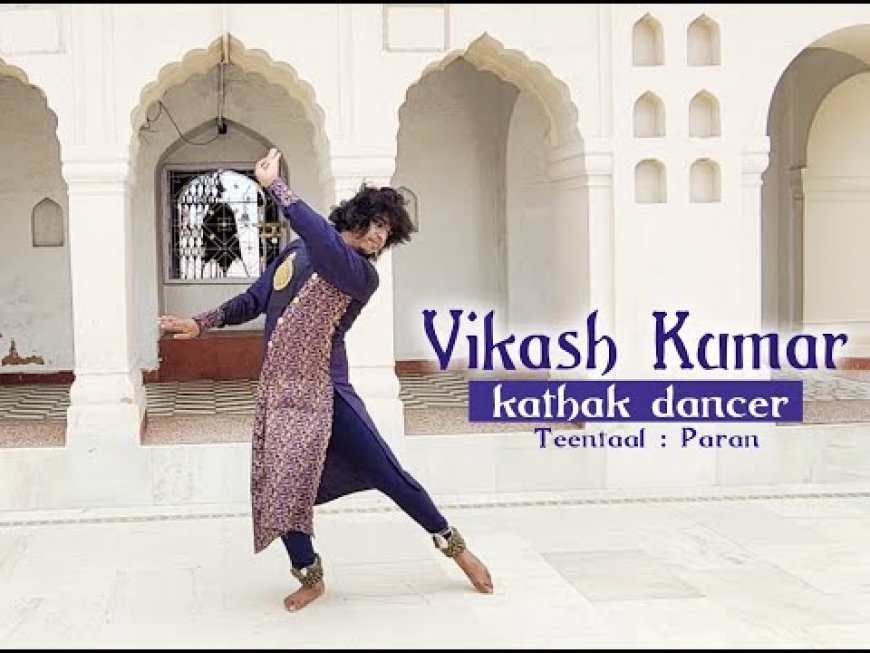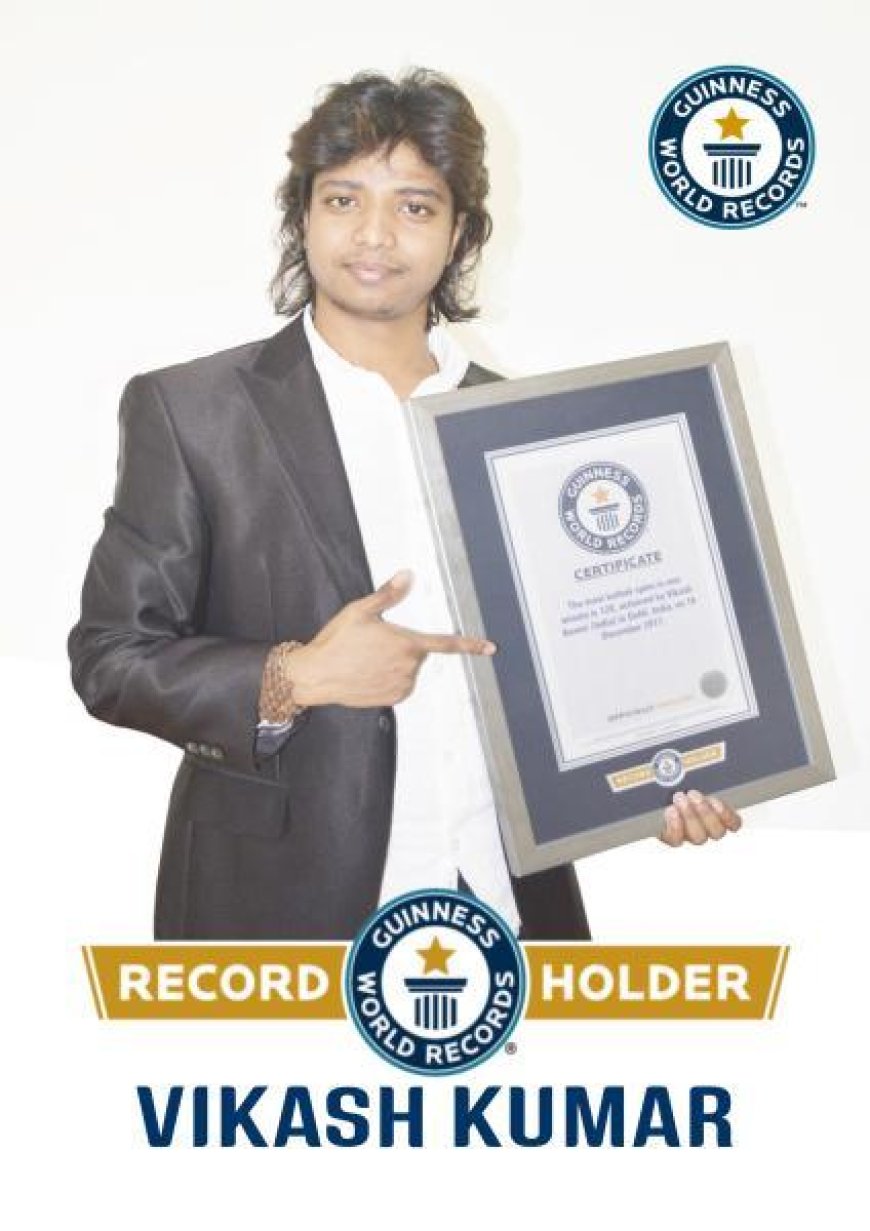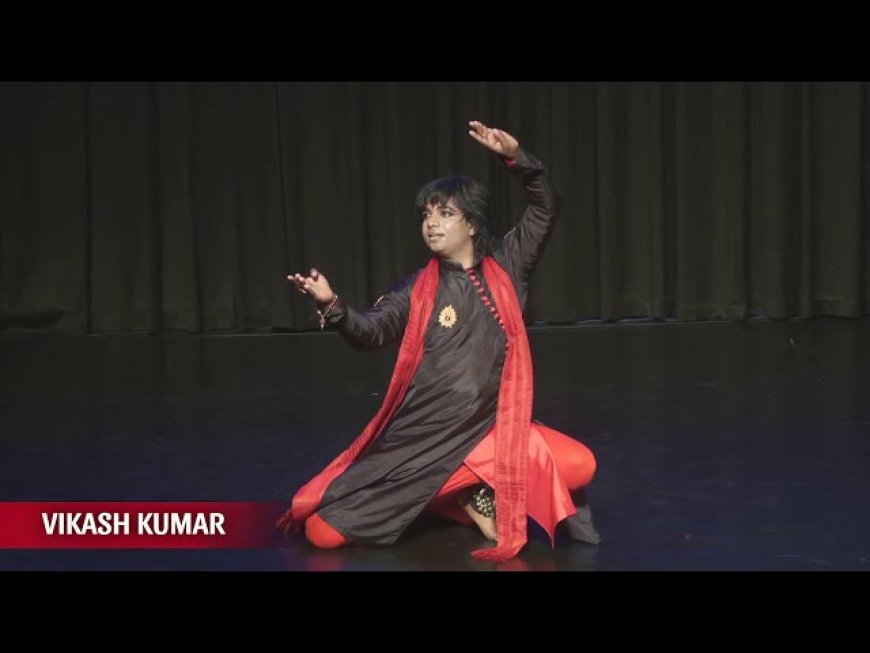Kathak Classical Dance
What's Your Reaction?







Join our subscribers list to get the latest news, updates and special offers directly in your inbox



Kathak is one of the eight classical dance forms of India, known for its intricate footwork, fluid movements, and expressive storytelling. Originating from the northern regions of India, Kathak has a rich history that intertwines with the cultural and spiritual fabric of India. It evolved from ancient storytelling traditions into a sophisticated dance form that is celebrated worldwide.
Footwork (Tatkar):
Spins (Chakkars):
Gestures and Expressions (Mudras and Abhinaya):
Costume and Makeup:
Music and Instruments:
Kathak's repertoire includes a mix of pure dance (Nritta) and expressive dance (Nritya), often drawing from Hindu mythology, Persian influences, and Mughal history. Performances can range from devotional pieces to romantic narratives and courtly tales.
Kathak is a dynamic and expressive dance form that offers a rich blend of technical skill, artistic expression, and cultural storytelling. Its intricate footwork, fluid movements, and dramatic flair provide a profound platform for artistic exploration and professional opportunities. For students, Kathak is not just a dance form but a gateway to understanding and preserving the rich cultural heritage of India. With dedication and passion, students can contribute to the continuation and innovation of this timeless art form, both within India and on the global stage.







Madhuri Mahto Apr 11, 2023 0 2846
Madhuri Mahto May 13, 2023 0 2439
Abhinav Apr 29, 2023 0 1798
Madhuri Mahto Apr 14, 2023 0 1269
Madhuri Mahto Jul 23, 2023 0 1198
Khojoindia Jul 30, 2024 0 41
Khojoindia Jul 4, 2024 0 170
Aditi Gupta Jun 28, 2024 0 73
Khojoindia Jun 24, 2024 0 120
Sheetal Raturi Jun 24, 2024 0 75
